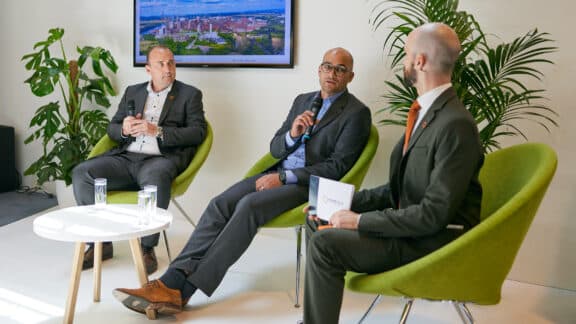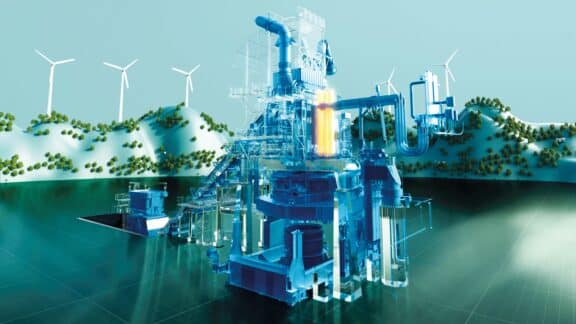An advanced electric arc furnace with high-power input and raw material flexibility, the EAF Ultimate is quickly becoming the “go-to” substitute furnace for producers electrifying their production routes to lessen the environmental impact of conventional steelmaking routes and replace LD converters.
Global steel demand is on the rise and, simultaneously, steel producers are finding new means of maintaining and increasing production capacities while reducing their environmental impact. Investing in direct casting and rolling technologies, such as Arvedi ESP, and environmental technologies, such as MEROS, steel producers also look toward electrification of their production routes. However, electrification and the substitution of LD converters with electric arc furnaces presents its own set of challenges. The EAF Ultimate from Primetals Technologies offers a high-power electric arc furnace with unparalleled raw material flexibility. It has become the trusted furnace for producers, such as Salzgitter, voestalpine, and SHS Dillinger to transition toward low-carbon steel production.
Defining High-Performance
The history of the EAF Ultimate is based on 40 years of experience and innovations, where technologists and engineers set a new standard for electric arc furnaces. Today, the EAF Ultimate is one of the most optimized, high-performance, and automated electric arc furnaces in the portfolio of Primetals Technologies. The EAF Ultimate combines technologies to enable an ultra-high-power input and exceptionally large tapping weights to provide producers with yields that meet or exceed those previously fulfilled by LD converters. Thanks to its features and capabilities, it has captured the attention of producers worldwide in pursuit of electrifying their production routes.
The original motivation behind the development of the EAF Ultimate was to provide steel producers with a means of efficiently producing large amounts of steel without the drawbacks of prolonged tap-to-tap times or complicated plant logistics. Moreover, producers looking to optimize yield also sought flexibility regarding charge materials from 100 percent scrap to a mix of liquid hot metal, hot-briquetted iron, and hot and cold direct reduced iron. Thus, experts at Primetals Technologies began the development of a high-powered, high-capacity electric arc furnace, that is, the EAF Ultimate.
Conventional EAF
EAF Ultimate
Size
120 tons
120 tons
Productivity*
1.2 million tons per year
1.8 million tons per year
Scrap charge
2 bucket charge
1 bucket charge
Scrap bucket volume
130 m3
170 m3
Furnace volume
145 m3
190 m3
Panel height
Up to 2.8 meters
Up to 3.4 meters
Transformer design
Up to 1,000 kVA/t
Up to 1,500 kVA/t
120 MVA
180 MVA
Secondary voltage
1,200 V
1,500 V
Natural gas burners
3
3
Oxygen injectors
3
5
Carbon injectors
2
4
Post-combustion injectors
4
At the core of the EAF Ultimate’s design is its size. With capacities from 60–320 tons, the increased height and large diameter assists with single scrap-bucket charging and reduces tap-to-tap times leading to efficient operation. The large furnace volume can also accommodate various charge mixes and, in comparison to standard-sized furnaces, higher energy input is possible without refractory damage. With a larger furnace diameter, the bath surface area improves the chemical energy performance for melting and faster and more efficient decarburization. The larger volume and diameter also match with a single bucket charging scheme to improve tap-to-tap times. With its ability to operate using a single-bucket charging concept and a self-supported single-point lifting roof, scrap charging and material optimizes availability and logistics.

Interview with
Michel Hein
Michel Hein contributed to the initial development of the EAF Ultimate and has been a part of its subsequent success over the years.
What triggered the development of the EAF Ultimate?
Michel Hein: The EAF Ultimate began developing after worldwide steel production increased in the early 2000s. The demand from producers shifted toward a high-powered furnace that could deliver production rates that would roughly equate to that of an LD converter.
How have the steel industry and the EAF Ultimate changed since then?
Hein: An increased focus on sustainable steel production parallels many of these early developments. Motivations might have changed, but producers are still looking for high yields with an increased focus on environmentally friendly production routes, and electrification is the means to achieve this. The EAF Ultimate has benefitted from advances in automation systems and the experience gained after our first installations.
What feature of the EAF Ultimate are you most proud of?
Hein: I have had the privilege of overseeing the development of the EAF Ultimate over the years. Its size and capabilities are astounding. It is a furnace that meets shifting demands time and time again with high power and low maintenance. It is built to perform and last, and it is by all accounts a sustainable part of the steel industry.
Automated for Efficiency
The EAF Ultimate boasts an ultra-high-power input of up to 1.5 MVA per ton of liquid steel. Its complete automation package and seamless integration into plant logistics enhances its power, making it even more impressive when combined with its speed and efficiency. A key aspect of the EAF Ultimate performance is its automated systems which further optimizes the production process to achieve exceptionally short heat-cycle times. Using automatic temperature control, automatic tapping, and slag detection via robots, enables the EAF Ultimate to operate more efficiently. For example, an EAF Ultimate with a heat size of 120 tons can increase capacity by fifty percent to produce 1.8 million tons of steel per year. This is roughly equivalent to a conventional electric arc furnace with a tapping weight of 180 tons.
Part of the EAF Ultimate automation packages that enable such a high level of productivity include the Melt Expert and EAF Optimizer. The Melt Expert electrode control system steers electrodes in three-phase electric arc furnaces. It adjusts the electric arc and efficiently utilizes the electrical energy driving the steelmaking process. Melt Expert also monitors the condition of operating electrodes and furnace equipment to ensure optimal maintenance practices and no unexpected downtime. With prismatic roller-guides to reduce vibration and an effectively “maintenance-free” electrode arm, the EAF Ultimate is designed to keep operations running smoothly, avoid unnecessary downtime, and maximize the use of assets.
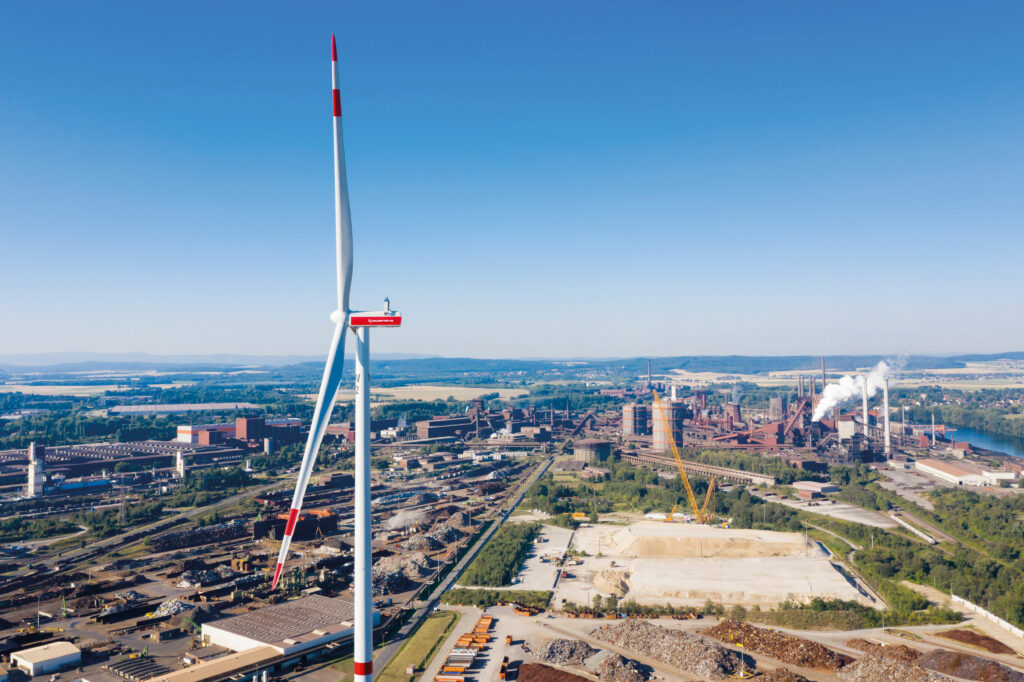
SALCOS® Salzgitter Low CO2 Steelmaking
With their sights set on the future of the steel industry in Germany, Salzgitter AG has partnered with Primetals Technologies to supply an EAF Ultimate capable of handling a broad charge mix from scrap, DRI, HBI, alloys, and other raw materials. The electric arc furnace will be supplied with a state-of-the-art waste heat recovery system.
Greentec Steel Production at voestalpine in Linz
voestalpine’s vision for a sustainable steel industry, called greentec steel, is an initiative that reimagines the steel industry utilizing hydrogen-based direct reduction and an electric arc furnace powered by renewables. voestalpine has decided for an EAF Ultimate to initialize a hybrid steelmaking route.
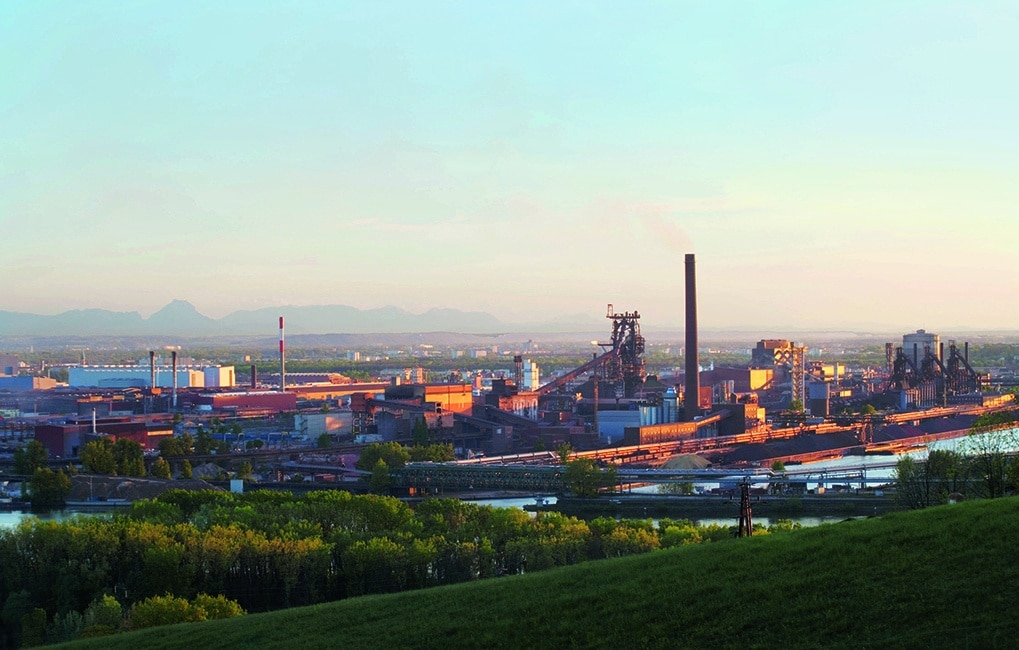
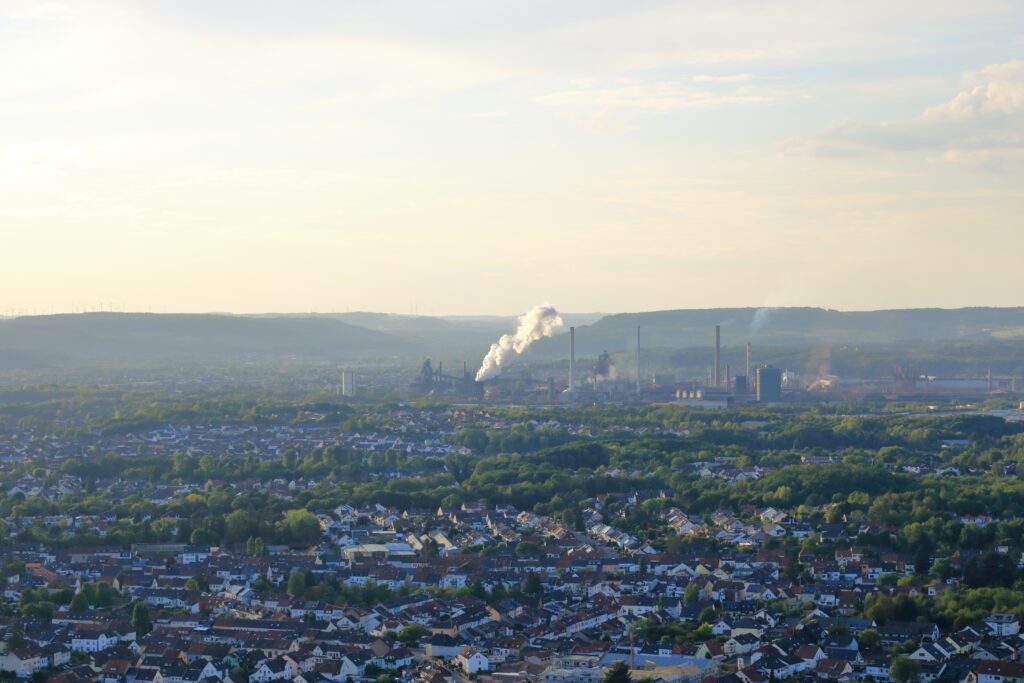
Dillinger and ROGESA for
Sustainable Steel Production
With a new ambitious project to replace their current blast furnace-based steelmaking route, Dillinger and ROGESA have invested in both a new direct reduction plant and EAF-based meltshop featuring a 195-ton EAF Ultimate equipped with advanced robotics and state-of-the-art Level 1 and Level 2 automation systems.
Simultaneously, the EAF Optimizer provides visualizations and operator guidance to control steel and slag properties during the melting process. With comprehensive tools, logging heats, delayed handling, and generating alarms, operators gain insight into their operation to achieve the best possible results. The raw mix and melting control reduce energy consumption and tap-to-tap time, while broadening the steel grades and product mix possible with an electric arc furnace. Additional robotics and sensors ensure safe and efficient operations during tapping and provide operators and automation systems with the information they need to keep the meltshop running smoothly.
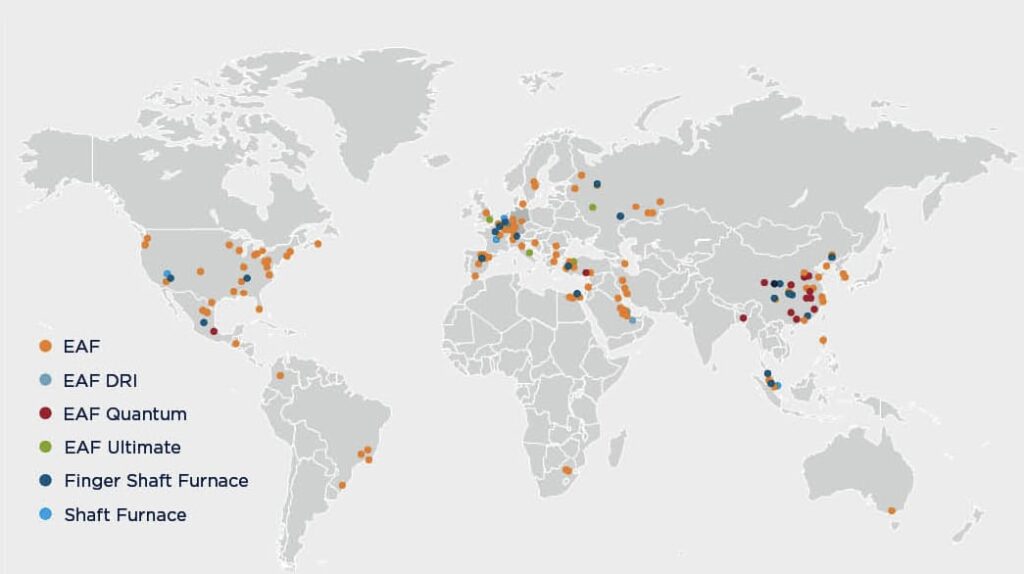
Sustainable Operations
The development of the EAF Ultimate began in a time when steel producers sought a means of transitioning their meltshops to electric arc furnaces that could meet the capacities of LD converters. Today, the same consideration confronts steel producers worldwide, who now turn to electrification of production routes to reduce their environmental impact and maintain capacity. The EAF Ultimate can charge a variety of materials, from 100 percent scrap to mixtures of direct reduced iron, scrap, and even hot metal. This flexibility allows producers to make various steel grades for diverse applications. Additionally, when using 100 percent scrap and renewable energy, electric arc furnace-based meltshops have the least environmental impact. With these advantages and when combined with cutting-edge automation solutions, the EAF Ultimate truly demonstrates the ultimate in electric steelmaking.
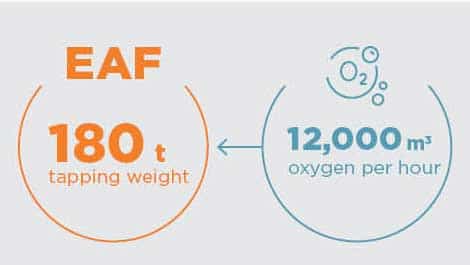
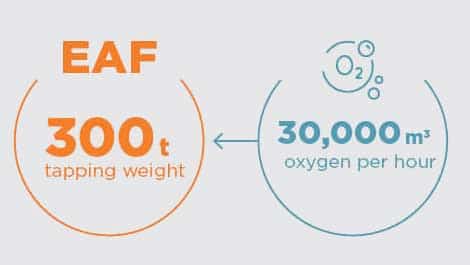
The EAF Ultimate utilizes the unique Refining Combined Burner (RCB) technology, which enables its optimal performance by fulfilling a combination of functions. The Refining Combined Burner (RCB) is a combined gas and oxygen burner, supersonic oxygen injection lance, and carbon injection system. Mounted just above the slag zone in the water-cooled sidewall of the EAF Ultimate, the design ensures scrap does not damage or block the burner. The Refining Combined Burner (RCB) was developed with an annular design to make it less likely to clog. It also is capable of utilizing natural gas, liquid petroleum gas, and even coke oven gas.
Key to the Refining Combined Burner (RCB) technology are the following features: scrap preheating, oxygen injection, support of post-combustion reactions, and carbon injection. The design of the Refining Combined Burner (RCB) ensures that operation does not create splashes in the electric arc furnace, by allowing the supersonic oxygen stream to remain without distruption. Oxygen injection into the steel bath is also more efficient than other systems. Hot combustion gases also have enough time to penetrate through the scrap, aiding scrap preheating and reducing the energy required to melt scrap charges.
Overall, the Refining Combined Burner enables high decarburization rates with ideal oxygen consumption rates. Decarburization rates of 300 kilograms of Carbon per hour per square meter were achieved, even when 50 percent of liquid hot metal was charged to the electric arc furnace. In an electric arc furnace with a 180-ton tapping weight, up to 12,000 normal cubic meters of oxygen per hour can be injected without boiling reactions, ensuring safe decarburization. In practice, more than 30,000 normal cubic meters per hour of oxygen are injected into a 300-ton EAF Ultimate for decarburization purposes.

